Unlock your darting potential with vision therapy for darts! Improved visual skills can significantly enhance your accuracy, consistency, and overall game. This article will explore how vision therapy can benefit your dart game, covering various aspects of visual training and providing practical tips to improve your performance.
⚠️ Still Using Pen & Paper (or a Chalkboard)?! ⚠️
Step into the future! The Dart Counter App handles all the scoring, suggests checkouts, and tracks your stats automatically. It's easier than you think!
Try the Smart Dart Counter App FREE!Ready for an upgrade? Click above!
Many dart players unknowingly suffer from subtle visual impairments that hinder their ability to accurately hit their target. These issues aren’t always noticeable in daily life, but under the pressure of a game, they can significantly impact performance. That’s where vision therapy for darts comes in. It addresses specific visual skills crucial for success in the sport, leading to dramatic improvements in your game.
This article will delve into the specifics of how vision therapy for darts works, examining the key visual skills involved in dart throwing and offering practical advice on how to incorporate these techniques into your training regime. We’ll also discuss common visual challenges faced by dart players and how these can be overcome through targeted exercises and professional guidance. Finally, we’ll explore how maintaining overall Darts Fitness Health contributes to better vision and performance.
Understanding the Visual Demands of Darts
Before we delve into the specifics of vision therapy for darts, it’s crucial to understand the complex visual skills involved in accurately throwing darts. Unlike many other sports, darts requires a high degree of precision and hand-eye coordination, placing significant demands on various aspects of your vision. These include:
- Visual Acuity: This refers to your sharpness of vision – your ability to see fine details clearly at various distances. In darts, this is vital for accurately judging the distance to the board and identifying the precise target area.
- Depth Perception: Your ability to accurately judge distances is crucial. A slight misjudgment of distance can significantly impact the trajectory of your dart.
- Eye-Hand Coordination: This involves the precise coordination between your eyes and your hand movements. In darts, this is crucial for accurately directing the dart towards the target.
- Peripheral Vision: While your focus is on the dartboard, peripheral vision allows you to maintain awareness of your surroundings and maintain balance.
- Accommodation: The ability of your eyes to focus at various distances rapidly and accurately is critical for dart throwing.
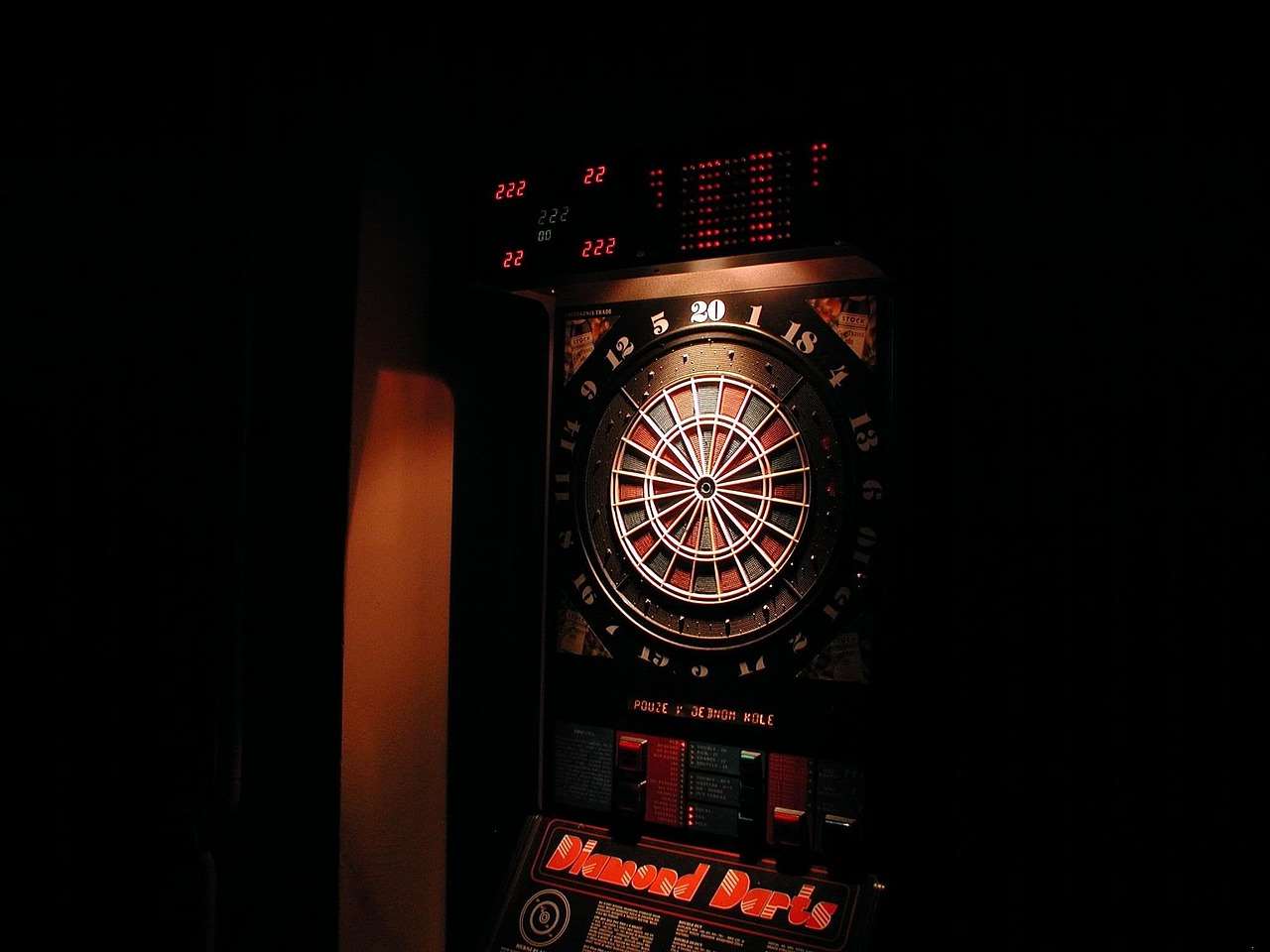
Any weaknesses in these areas can significantly impair your darting ability. Vision therapy for darts aims to identify and address these weaknesses through specialized exercises and training programs.
Common Visual Challenges in Darts Players
Focusing Issues and Accommodation Problems
Many dart players struggle with focusing accurately on the board, especially under pressure. This can be due to accommodation issues, where the eyes have difficulty switching focus between the dart and the board. Vision therapy for darts can help improve accommodation, allowing for faster and more accurate focusing.
Poor Depth Perception
Inaccurate depth perception can lead to consistent misses. Vision therapy for darts can improve your ability to judge distances, leading to more accurate throws. This often involves exercises that train your eyes to perceive depth more effectively, building confidence in your ability to judge distance to the board.
Eye Strain and Fatigue
Extended periods of focusing on the dartboard can lead to eye strain and fatigue, impacting accuracy and consistency. Vision therapy addresses these issues through exercises designed to strengthen eye muscles and improve visual endurance. Managing Fatigue and nutrition darts plays a significant role in overall performance.
Problems with Eye Movement (Saccades)
Rapid eye movements (saccades) are essential for quickly shifting your gaze from the dart to the board and back again. If these movements are slow or jerky, your accuracy will suffer. Vision therapy for darts can improve saccadic eye movements, resulting in faster reaction times and improved accuracy.
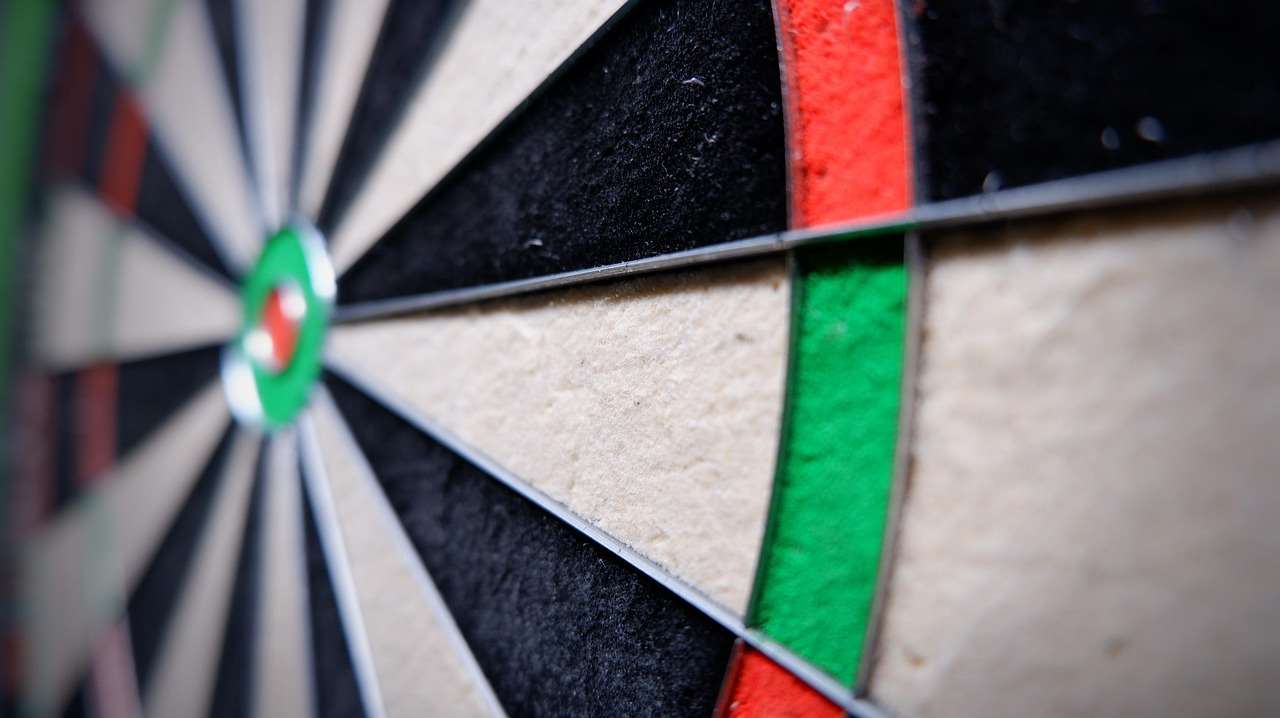
Vision Therapy Techniques for Darts
Vision therapy for darts employs a variety of techniques to improve visual skills. These techniques are tailored to the individual player’s needs and may include:
- Eye exercises: These exercises aim to strengthen eye muscles, improve focusing abilities, and enhance coordination.
- Visual acuity training: This involves exercises to improve the sharpness of vision at various distances.
- Depth perception training: Exercises designed to improve the ability to judge distances accurately.
- Computerized vision therapy: This utilizes computer programs to provide interactive exercises that target specific visual skills.
- Prisms: In some cases, prisms may be used to correct eye alignment issues.
A professional optometrist specializing in vision therapy can create a personalized program that focuses on the specific visual challenges you face, helping you target those areas that need the most improvement. Understanding Vision and dart physical performance is key to achieving your goals.
Practical Tips for Improving Your Darting Vision
Proper Lighting
Ensure you have adequate and consistent lighting on your dartboard to avoid eye strain and improve visibility. Avoid harsh shadows that can impair your ability to judge distances accurately.
Regular Breaks
Take regular breaks during practice sessions to avoid eye fatigue. Even short breaks can significantly improve visual performance. Consider integrating techniques from Calmness and stamina breathing for darts tutorial to enhance focus and reduce stress.
Proper Diet and Hydration
Maintaining a healthy diet and staying well-hydrated is crucial for overall eye health and visual performance. Dehydration can lead to eye strain and fatigue. Understanding the importance of Alcohol and hydration darts is crucial for optimal performance.
Practice Regularly
Consistent practice is key to improving any skill, including visual skills. Regular practice will reinforce the improvements made through vision therapy and help you build confidence in your abilities.
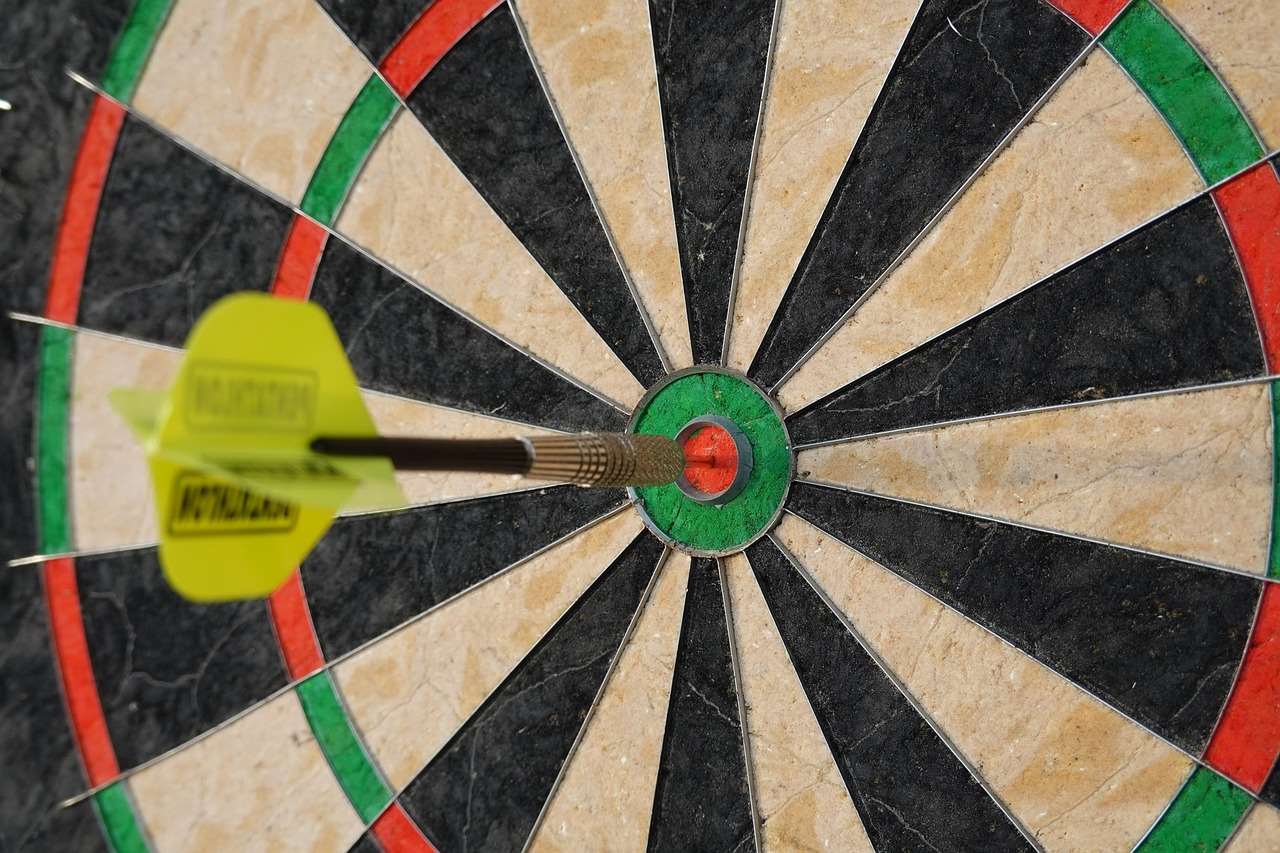
Remember, consistent effort and dedication are key elements to improving your skills. By combining targeted exercises with regular practice and a focus on your physical and mental health, you can take your dart game to the next level.
The Role of Optometrists in Vision Therapy for Darts
While some exercises can be done independently, a qualified optometrist specializing in vision therapy for darts is crucial. They can conduct thorough eye examinations to diagnose underlying visual issues, create a personalized treatment plan, and monitor your progress. They can identify specific areas where improvement is needed and will guide you through exercises tailored to address those areas. Seeking professional help can make a huge difference in your ability to progress.
Vision Therapy and Overall Darting Performance
Improving your visual skills through vision therapy for darts isn’t just about hitting more bullseyes; it’s about enhancing your overall game. Better visual acuity, depth perception, and eye-hand coordination contribute to improved consistency, reduced stress, and increased confidence. This can significantly impact not only your score but also your enjoyment of the game. Improved vision can help reduce stress, a significant factor in performance. Understanding how Alcohol and stress management darts impacts your game is important. Proper Ergonomics at oche combined with improved vision can also significantly improve performance.
Moreover, the benefits of improved vision extend beyond the dartboard. Better visual skills translate into improved performance in daily life, improving your quality of life. The health advantages of playing darts are further enhanced when vision is sharp and clear.
Conclusion: Improving Your Game with Vision Therapy for Darts
Vision therapy for darts offers a powerful way to improve your accuracy, consistency, and overall performance. By addressing specific visual skills critical for success in the sport, it can unlock your true potential. While self-help exercises can be beneficial, consulting a qualified optometrist specializing in vision therapy is crucial for personalized guidance and effective results. Remember to combine your vision training with proper practice, healthy lifestyle choices, and injury prevention strategies like those found in Injury prevention tips darts, to achieve optimal results. Don’t underestimate the impact of your vision on your game – invest in your visual skills, and watch your darting prowess soar!
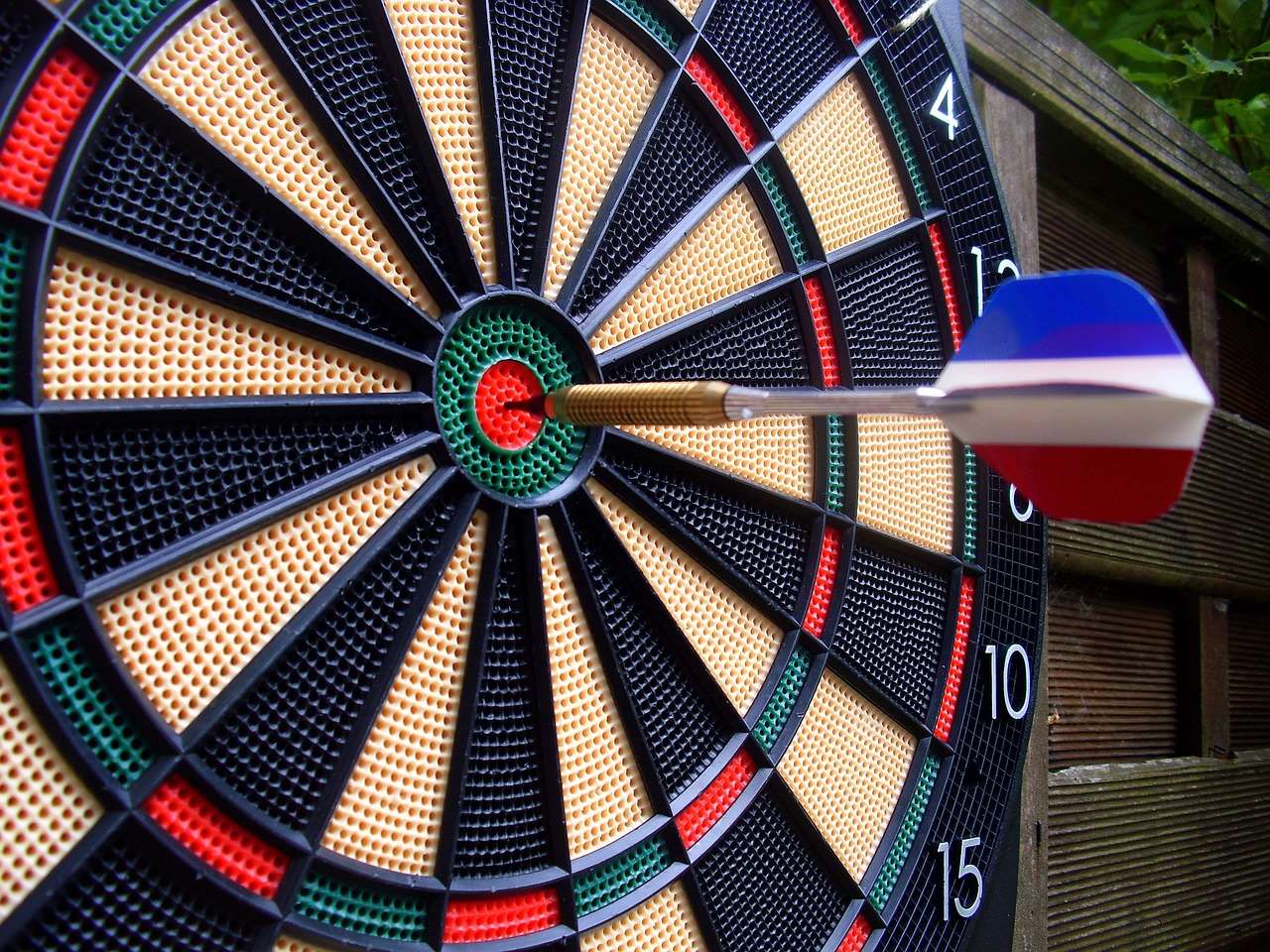
Start your journey towards improved darting vision today! Schedule a consultation with a vision therapy specialist to assess your visual skills and create a customized plan to enhance your performance. The investment in your visual health will undoubtedly pay off in improved accuracy, consistency, and the overall enjoyment of the game. Remember that practicing good breathing techniques, as demonstrated in Breathing for better decision making, also plays a crucial role in overall performance.
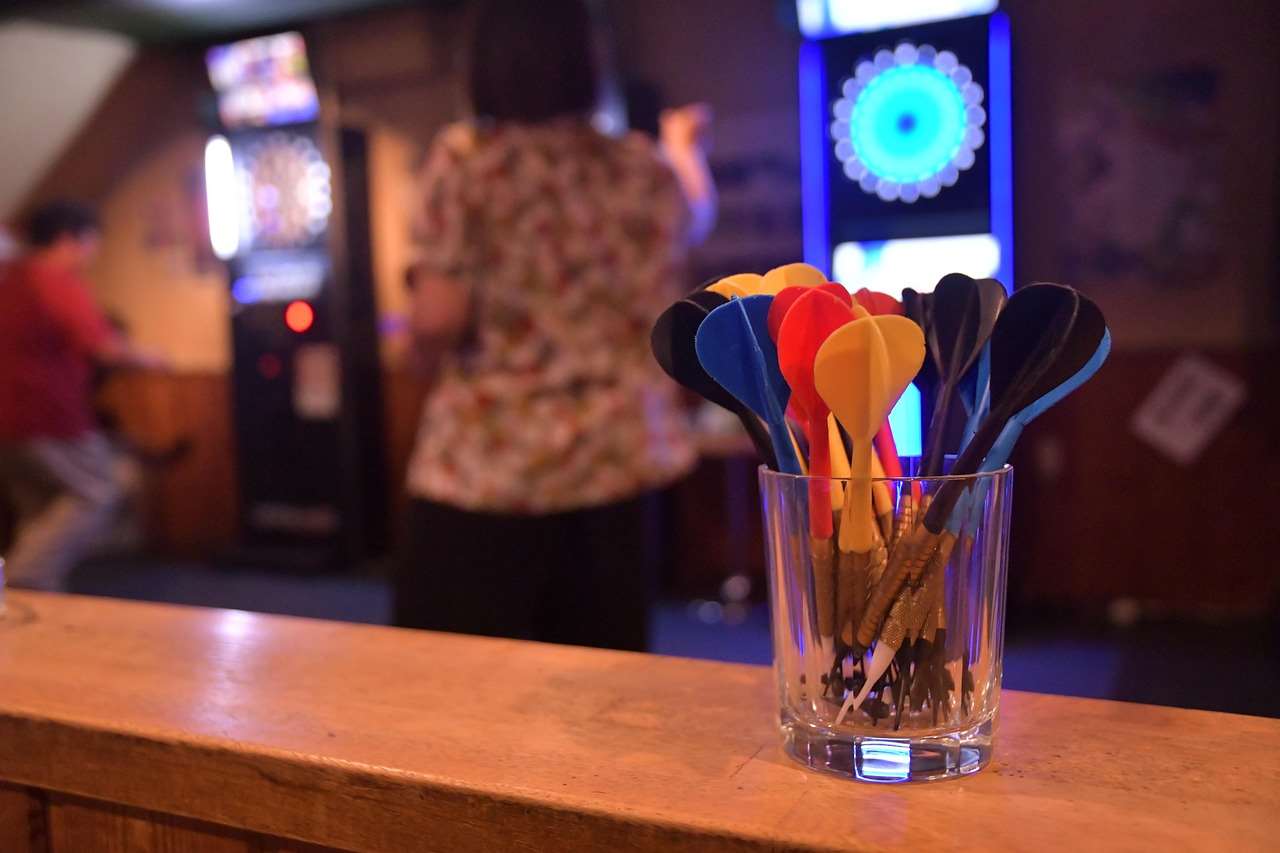
Hi, I’m Dieter, and I created Dartcounter (Dartcounterapp.com). My motivation wasn’t being a darts expert – quite the opposite! When I first started playing, I loved the game but found keeping accurate scores and tracking stats difficult and distracting.
I figured I couldn’t be the only one struggling with this. So, I decided to build a solution: an easy-to-use application that everyone, no matter their experience level, could use to manage scoring effortlessly.
My goal for Dartcounter was simple: let the app handle the numbers – the scoring, the averages, the stats, even checkout suggestions – so players could focus purely on their throw and enjoying the game. It began as a way to solve my own beginner’s problem, and I’m thrilled it has grown into a helpful tool for the wider darts community.